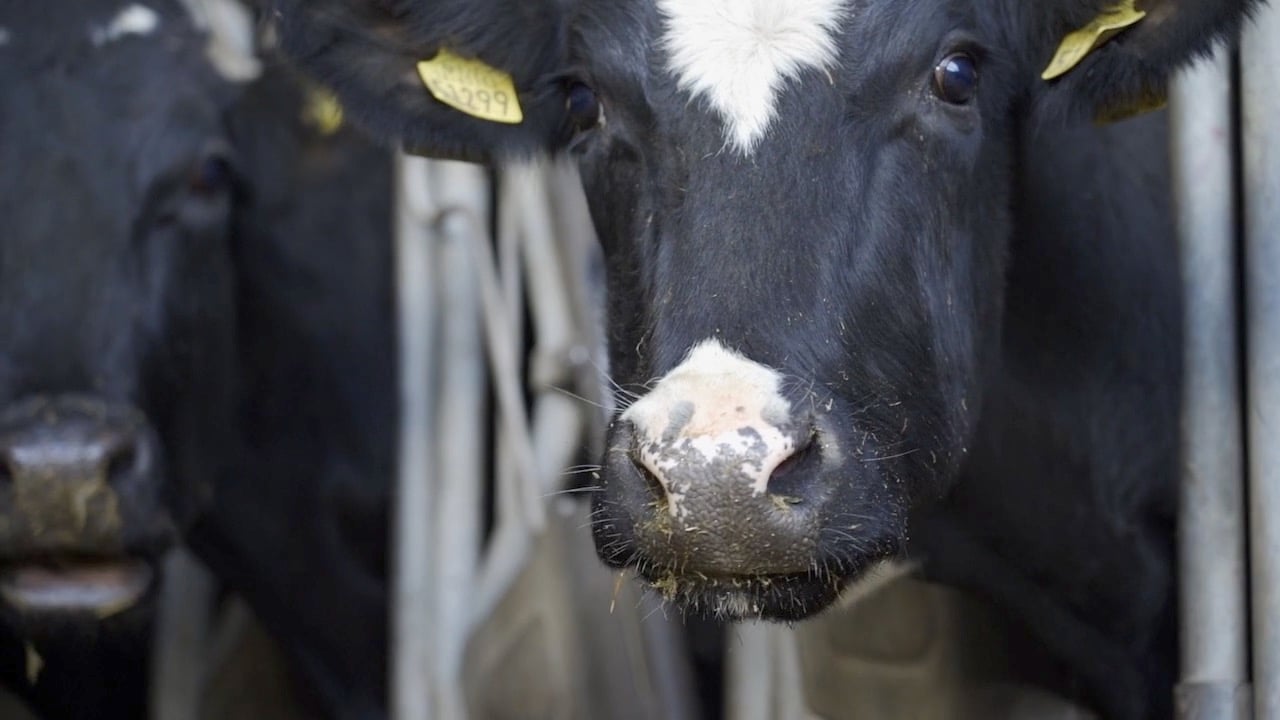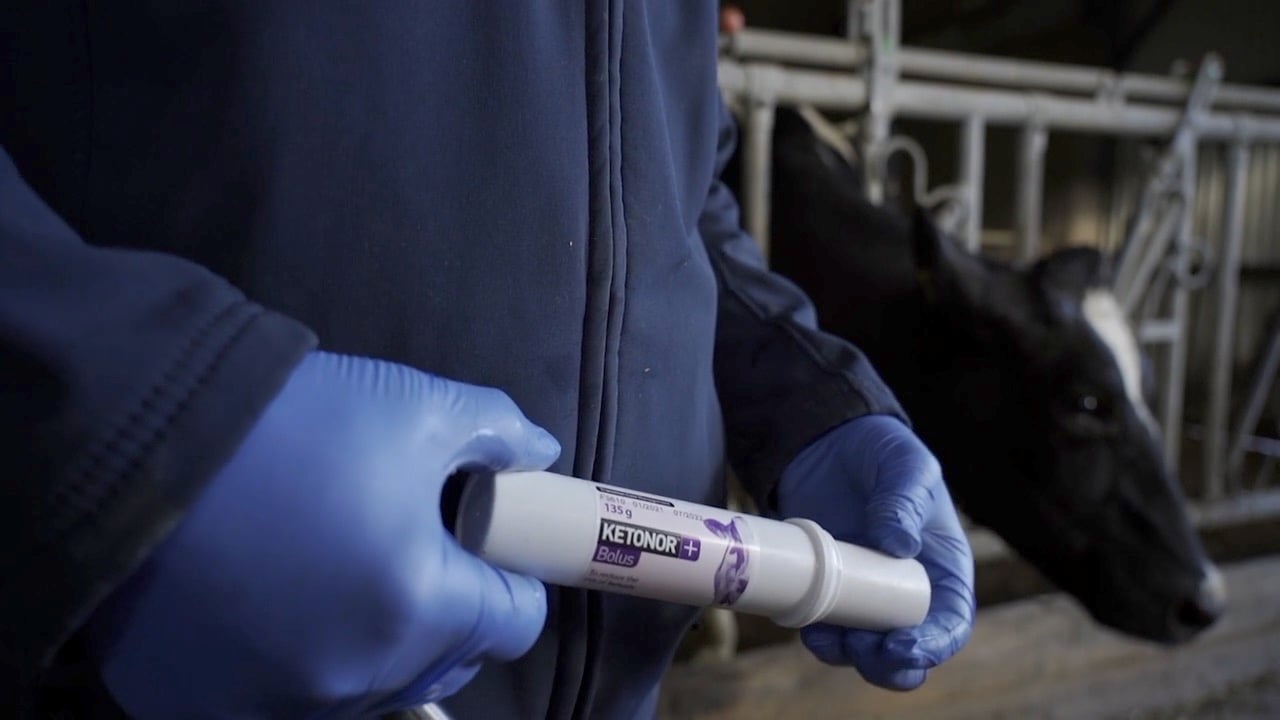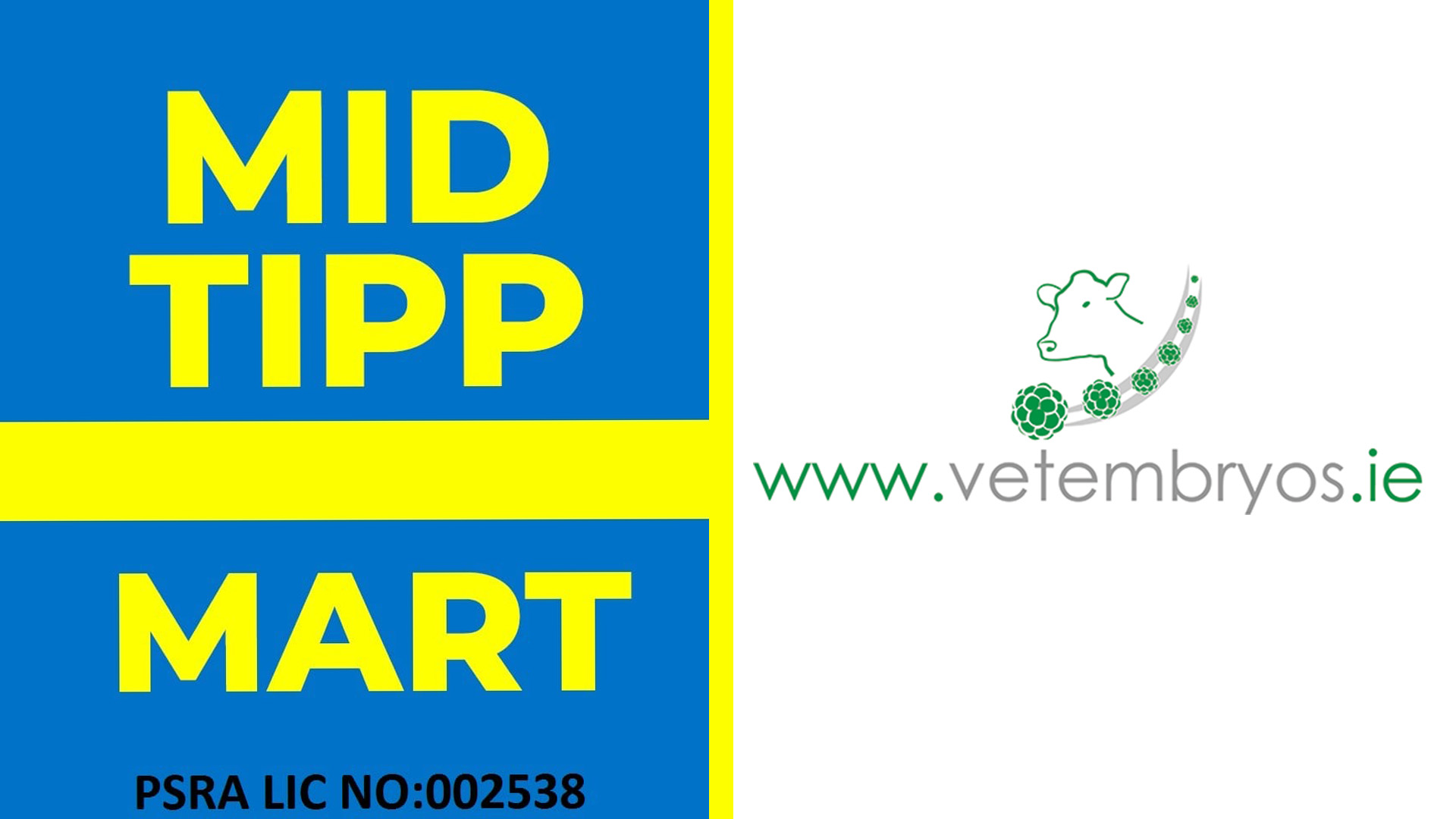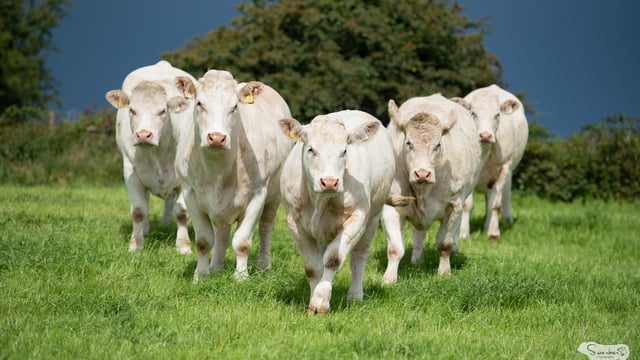Sponsored Article

Sponsored Article
Ketosis: Managing the increased risk in tail-end calvers
Sponsored Article

The 2025 calving season may be coming to an end, with many dairy cows already successfully calved and in lactation. However, those tail-end cows could be at greater risk of ketosis.
Maura Langan, Norbrook technical manager explained: “Oftentimes, cows that are amongst the last to calve have been dry quite a while and as a result their body condition score is higher than the 3.0 BCS that’s the target.”
Body Condition Score (BCS) at calving is a key determinant of ketosis risk. Fat cows with a BCS of ≥3.5 have reduced late dry period/early lactation feed intake predisposing them to ketosis.
Ketosis occurs when the animal’s total dietary intake fails to meet its energy requirements and so the cow begins to draw from her body reserves in a continuous state of negative energy balance (NEB).
Some degree of NEB is relatively normal in cows at calving but the extent to which it occurs and how long it lasts are key factors in how the cow transitions into productive lactation.
Essentially ketosis occurs when there are elevated levels of ketones in the blood, urine or milk, indicating that the metabolic processes in the liver are being overwhelmed.
Unfortunately, the ketones released as part of this process suppress the cow’s appetite, creating a vicious circle that results in further weight loss and a drop in milk yield.
“Managing energy requirements in the modern dairy cow is always a balancing act, but the transition period, usually defined as the three weeks before and three weeks after calving, is particularly tricky," Maura warned.
"The physiological demands of late pregnancy, parturition and early lactation put huge strain on the cows, especially high yielders."
Although the risk of ketosis is greatest in fat cows, thin cows are also susceptible, with genetics and medical history all playing a part.
Any cow with additional energy needs, such as those carrying twins or with any disease or inflammation will also be at risk of ketosis.
Farmers are encouraged to identify ‘at-risk’ cows in the weeks prior to calving and to remain vigilant in the first couple of weeks of lactation as even correctly conditioned, low-risk cows may be susceptible if they’re put under stress, for example, following a caesarean, a difficult calving or a case of milk fever.
“Obvious signs of ketosis are cows that are off their food, lose weight or experience sudden milk drop," Maura explained.
"Farmers that have adopted technology like collars or boluses, may be alerted to a slowing of rumination, reduced feed intake and milk yield as well increased lying down or changes to movement."
Treatment of ketosis is aimed at reestablishing normal glucose levels and reducing serum ketone body concentrations.
By breaking the cycle of ketone production appetite recovers and the animal’s voluntary intake begins to meet her energy requirements.
“For the most part, treatment of centres on the provision of glucose precursors in the form of glycerol, propylene glycol or propionates,” Maura explained.
“Ketonor+ bolus contains propionate as a readily available source of glucose.
"When two boluses are given to fresh cows, typically two to seven days calved, they will help break the cycle of ketone production, helping the cow to begin eating as normal and supporting her milk production levels.
"Ketonor+ is cost-effective, does not contain antimicrobials, has no withdrawal period and is easy to administer in busy seasonal calving herds,” Maura concluded.
Sponsored Article







